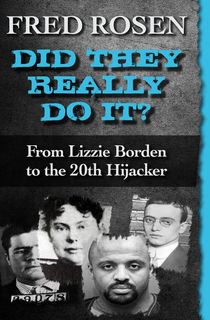Read on for an excerpt of Did They Really Do It? and then download the book.
This post is sponsored by Open Road Media. Thank you for supporting our partners, who make it possible for The Archive to continue publishing the history stories you love.
Featured photo: Wikimedia Commons; Additional photos: Open Road Media; Wikimedia Commons; Wikimedia Commons

